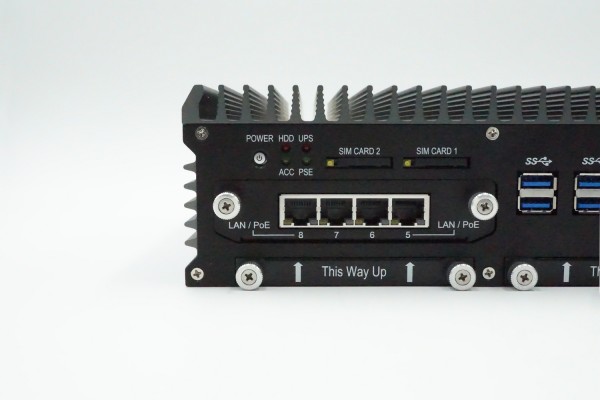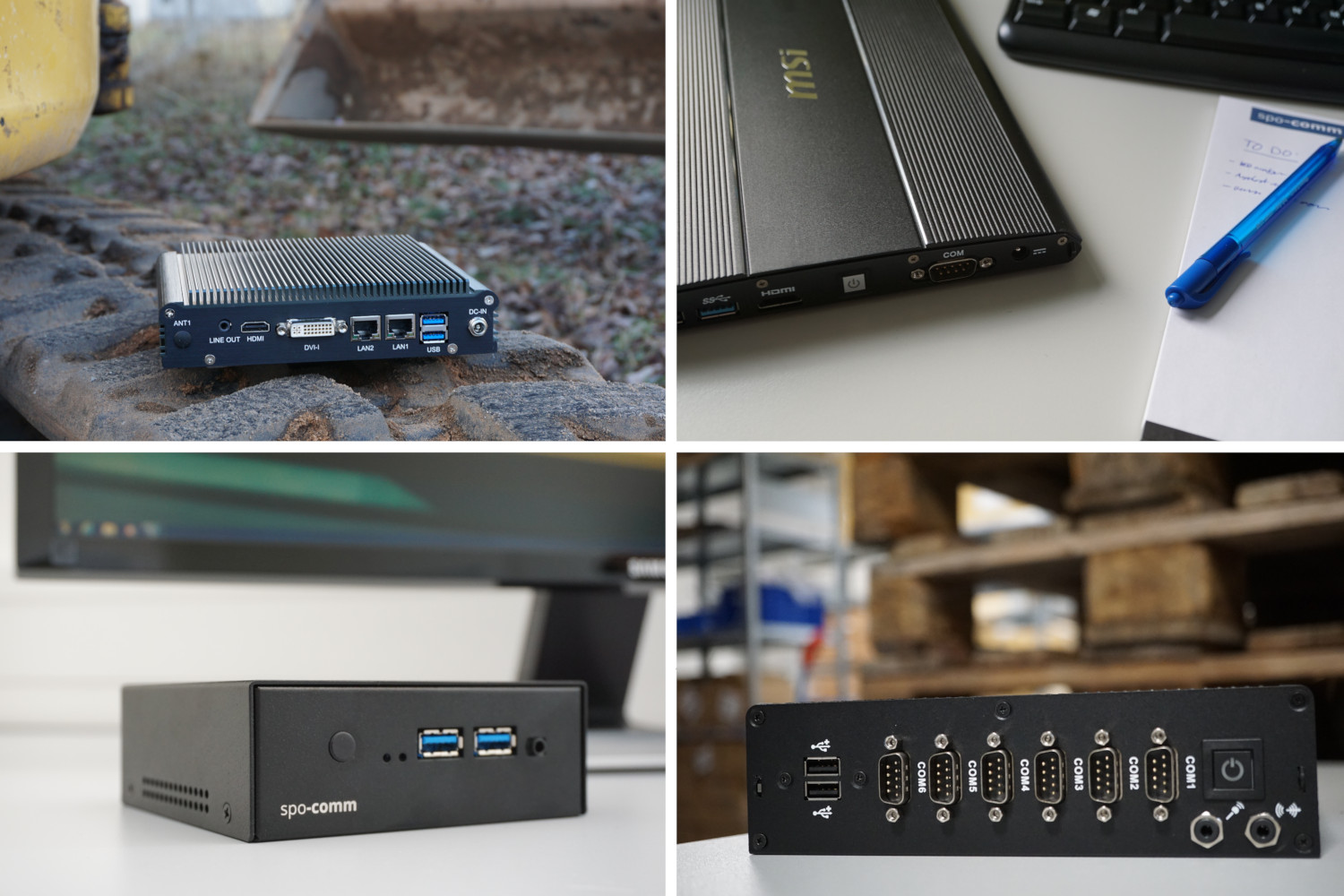How does PoE work?
More and more devices – such as our RUGGED Q170 – are Power over Ethernet-ready. Not only does Ethernet occupy a leading position for local network cabling but also for security networks. By using Power over Ethernet, a separate power connection and a power adapter are no longer needed. Instead, the device gets its power over the data network. In addition to the data signals, power is also fed into the data line – usually at a central point in the network distributor.
Where is Power over Ethernet used?
PoE canis mostly be found in devices that normally have to be connected to different sockets with different connectors. Above all, Power over Ethernet is a suitable solution for applications that need high security regarding the data connection, for instance in (surveillance) cameras or servers.
Which PoE standards are there and what are the PoE classes?
Today, PoE is mostly referred to as the IEEE 802.3af-2003 standard (“DTE Power over MDI”), which was adopted in June 2003. There’s also the newer standard IEEE 802.3at-2009 that was previously known as PoE+ or PoE plus. The new one increases the maximum power output from 15.4 W to 25.5 W.
All devices powered by PoE or PoE+ are assigned a class of 0 to 4, which depends on the amount of power that the device consumes. The devices assigned to the classes 1, 2 and 3 require very little, little or an average amount of power, whereas class 4 (PoE+) requires a large amount of power and is only compatible with PoE+ PSE devices. Once a Powered Device (PD) is connected to a Power Sourcing Equipment (PSE) device, it sends the class to the PSE device so it can provide the right amount of power.
What are the advantages of Poe?
The main advantage of Power over Ethernet is that a power cable is not needed. This makes it possible to install Ethernet-connected devices even in hard-to-reach places, such as server cabinets. On the one hand, this saves on installation costs, and on the other hand, the reliability of the device can be increased by implementing a central uninterruptible power supply (UPS).








